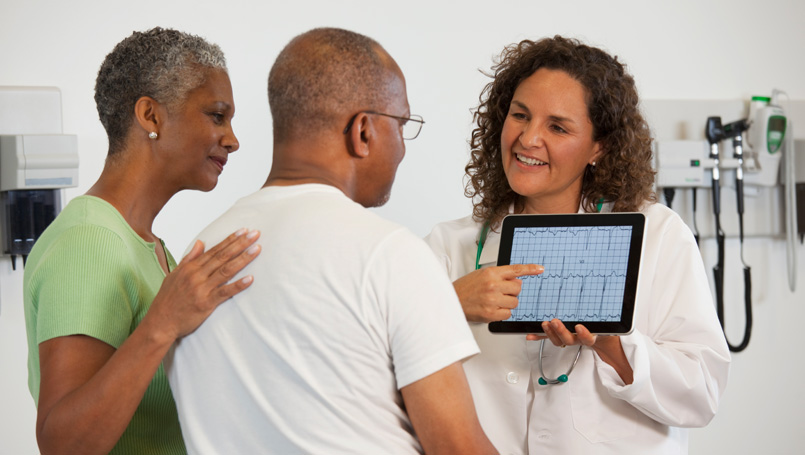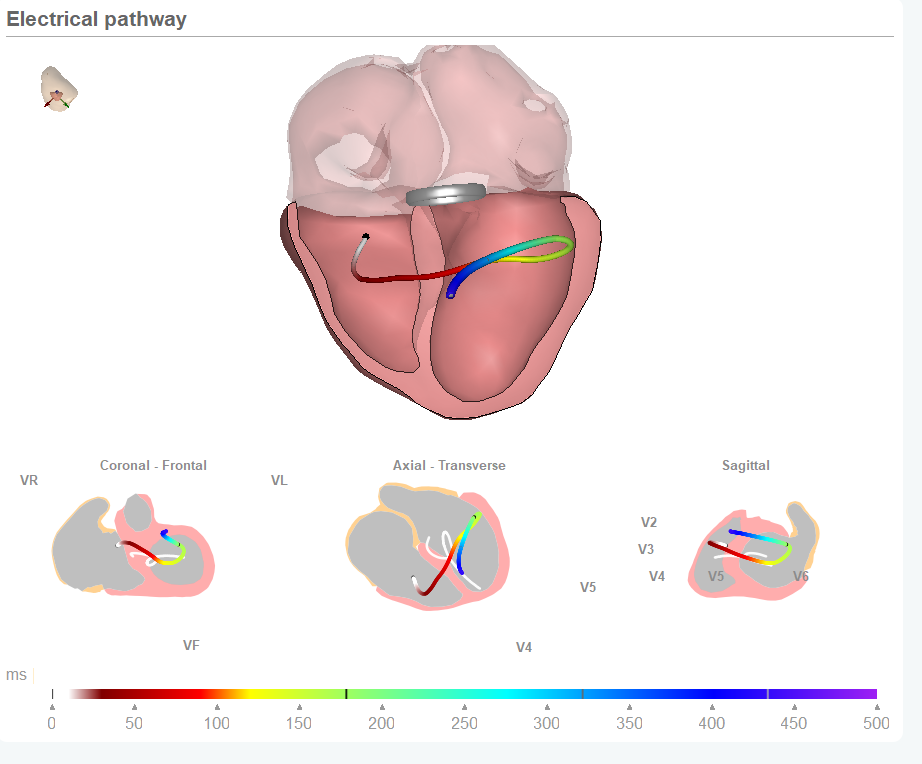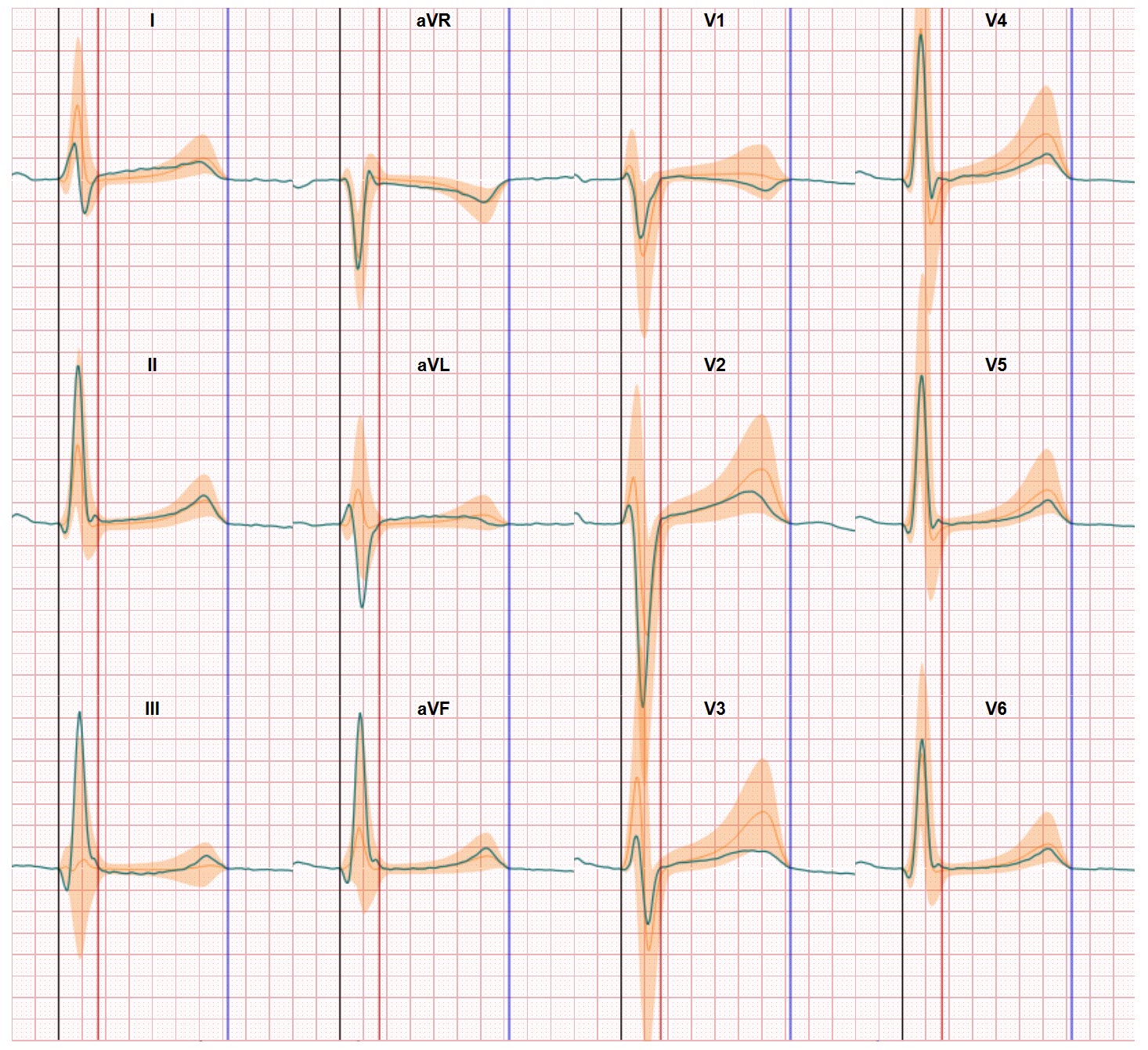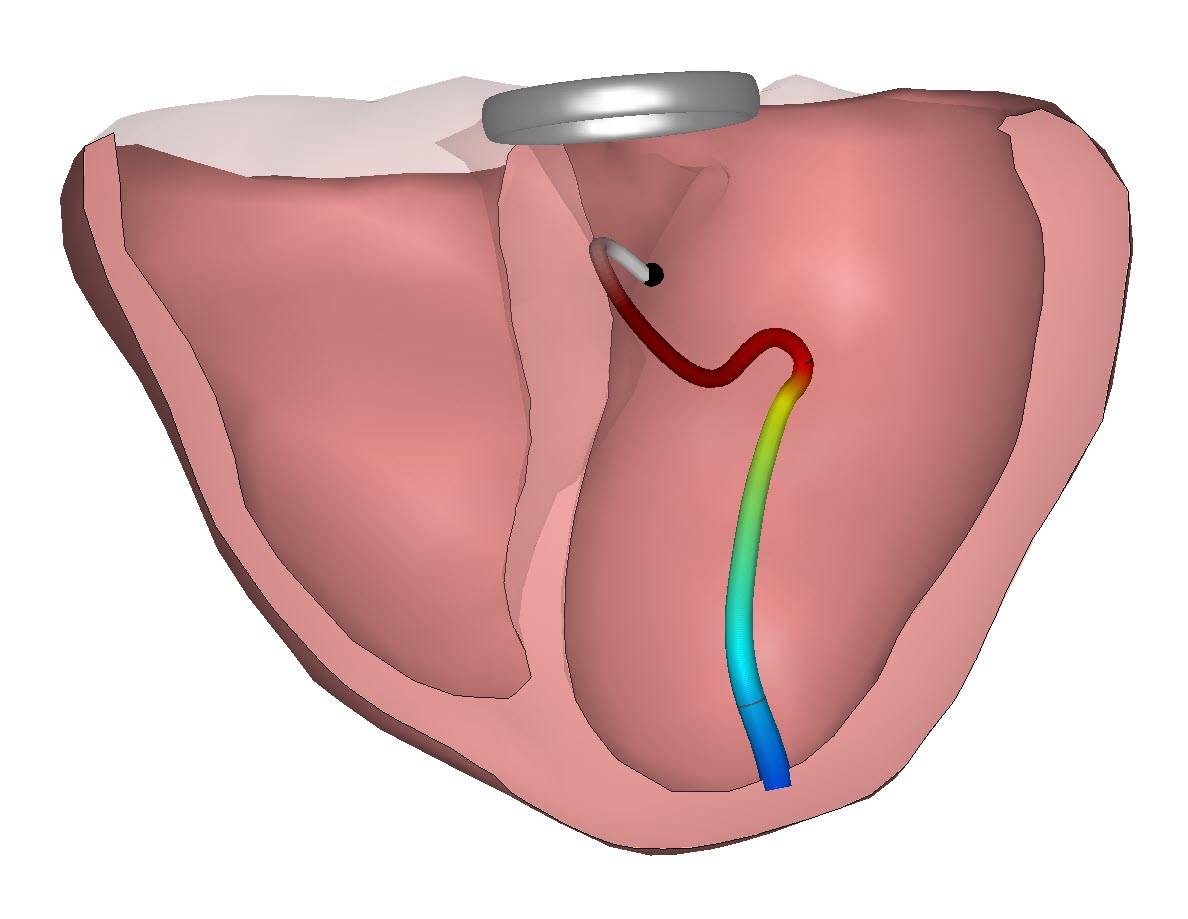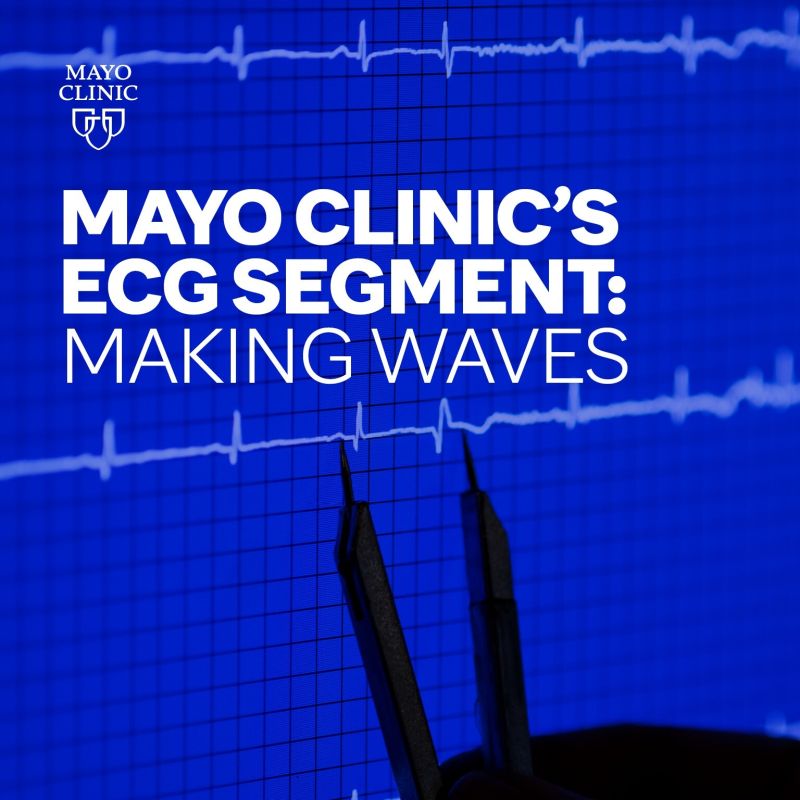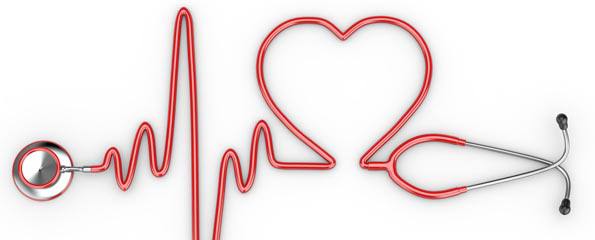A recent report published by Abbott states that we have to understand cardiovascular patient satisfaction is achieved by much more factor than the intervention expertise of the cardiologist.
As a not surprising factor communication between patient and health professionals is very important in this respect. The patient needs to feel heard and appreciated.
The report is based on plus 2000 interviews with patients, cardiologists, primary care physicians and managers of health institutions. Within the report a couple of findings draw attention which can relate to our software solutions targeted as decision support tools in detecting cardiac disorders from ECG.
The wide range of patient information issues
The patient experience is impacted by many issues ranging from the clinical outcome, but also the way information (content, format, channel, interaction, clarity etc.) is provided and aligns with the patient needs.
If you apply this finding to communicating with a patient on the results of an ECG recording the patient is faced with a rather difficult to read and understand set of graphics. Especially when the ECG findings are related to ECG waveforms. A physician may use a physical heart model to explain where the problem in the heart occurs but in most cases the physicians face themselves the challenge of relating the ECG data to the heart anatomy.
In our technology we use 3D models of the heart and show how the average electrical activation moves trough the heart both a normal healthy heart and is the recorded patient version. Difference are clearly visible and can be explained.
Patients find it difficult to follow the doctors ‘orders’
For patients it is sometimes (and often) difficult to adhere to the physician recommendations. Use of medication, frequency of actions, re-visiting your physician are well known challenges related to high costs, time stress etc. And another interesting factor mentioned in the Abbott report is the notion that many patients think the issue is ‘fixed’ after the clinical treatment.
Again applying this finding to the domain of ECG it’s clear this technology is hardly used to show patients the progress they have made or are making in addressing the disorder by either taking medication, changing lifestyle or from the intervention.
With our technologies we have removed this barrier. We can ensure ECG electrodes being positioned on the same spot as in earlier ECG recording. And this enables to identify small but meaningful changes in ECG waveforms. And we can show almost real time changes in heart conduction to verify effectiveness of interventions. This provides physicians at least with a toolkit to show a patient the intervention is not fixed but progress is made and measurable which is an incentive to stick to the doctor’s orders. And this way raise the cardiovascular patient satisfaction.
Patients are open to using new digital tools
An interesting finding is the patient acceptance of new tools such as patient portals and data collected by wearable devices. Patients intend to trust results derived from using AI much more than physicians. We think both patients and physicians can benefit from moving cardiovascular diagnostics and patient-physician interaction further into the digital domain. This also includes the options to have a high quality 12 lead ECG taken close to your home, supported by remote ECG interpretation based on transmitting digital ECG data in stead of printing ECG output on paper and sending the image by fax (worst case but still happens) or email/whatssapp.
The report concludes with the positive remark things are moving in the right and new direction and cardiovascular patient satisfaction is likely to increase in the future. A comment we gladly support.
